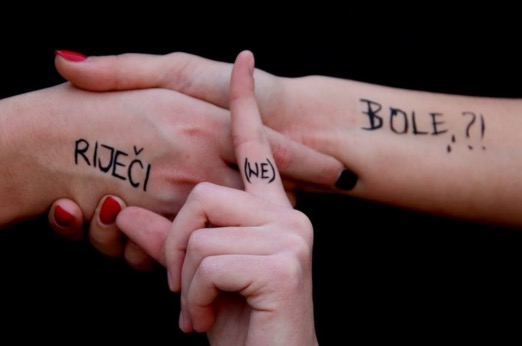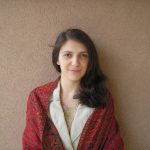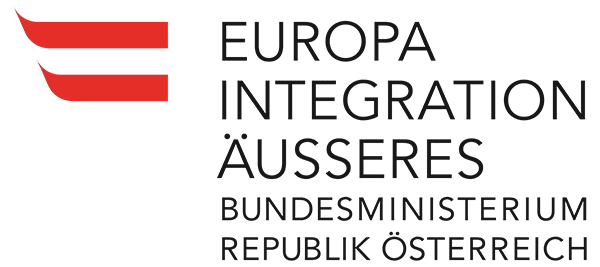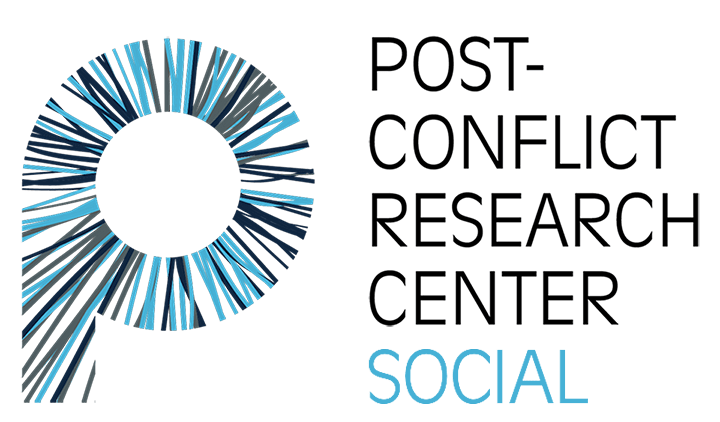
Bullying among peers must be recognized so as to avoid tragic cases with fatal consequences.
After the usual teasing in school, a 12-year-old from Jajce alienated himself from others. His works in art class said more than he wanted to. By using the color black and depicting figures that hung from ceilings, he expressed his sadness, anger and grief. His behavior wasn’t deemed problematic, and he has since committed suicide.
The boy’s adoptive parents provided us these details, but were not open for further discussion. Do we as a society recognize violence amongst peers or do we consider it as an acceptable part of growing up, which is supported by the explanation of ‘that’s how children get stronger’?
“The truth is that conflict between children has always existed, but there are differences between children’s conflict and bullying. Bullying is long-term and chronic, with no real motive for conflict, and the victim is always weaker in some aspects than the perpetrator or group of perpetrators. That is why kids need the help of adults,” stated professor Gordana Buljan Flander.
As stated by Buljan Flander, even experts who work with children confirm a lack of reaction after receiving information related to violence among peers.
Professor Tanja Dejanović-Šagadin describes the term peer violence as abuse that is recurring or poses a recurring threat over a long period of time.
“It is important to understand that it is not just physical violence, bullying is not just hitting but also other forms of violent behavior. In addition to physical violence (hitting, pushing, pulling, tripping, damaging or throwing of belongings, etc.) there are other forms of peer violence that aren’t as readily apparent. Bullying can take the form of gossiping, maliciously spreading of lies about you, insults, humiliation, making fun of and provoking you, ignoring, influencing others not to talk to you, forcing you to do something you do not want to do, threats, and following you home,” explained Dejanović-Šagadin.
According to her, it is hard to determine the various forms of peer violence that tend to hide in spheres of life which are not easily accessible and noticeable, and it is these forms that often cause more damage than physical injuries.
For the 12-year-old who committed suicide, there was no help given. After everything happened, everyone tried to shift the blame away from themselves, justifying their inaction as an inability to foresee the events because, to them, the child seemed happy and socialized with others.
As is apparent from this example, it is necessary to work on preventative measures regarding peer violence among children because some consequences can never be erased.






